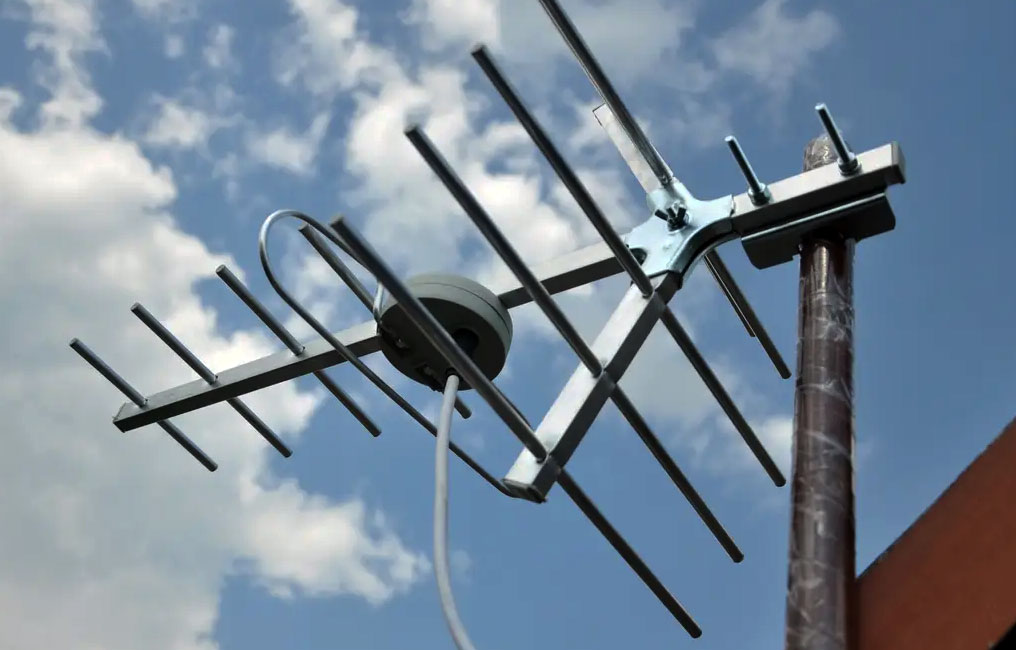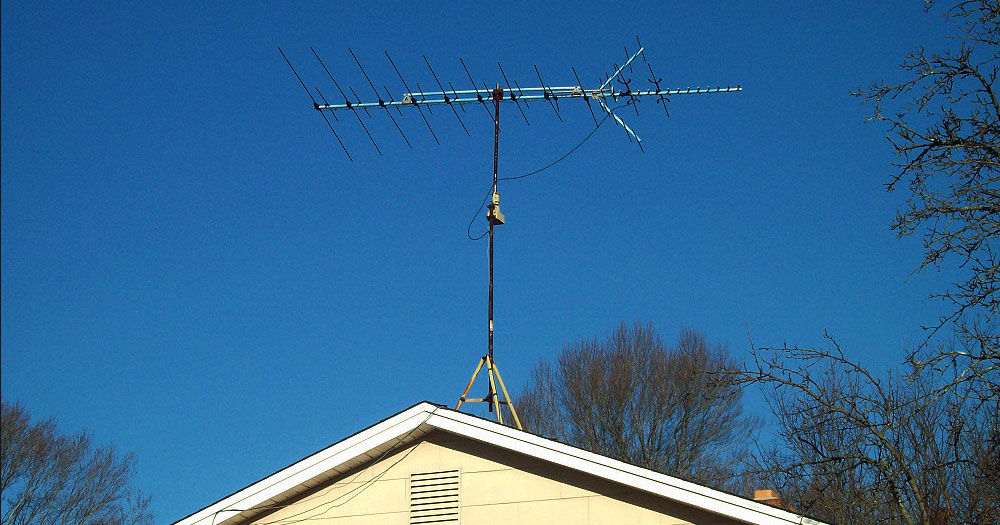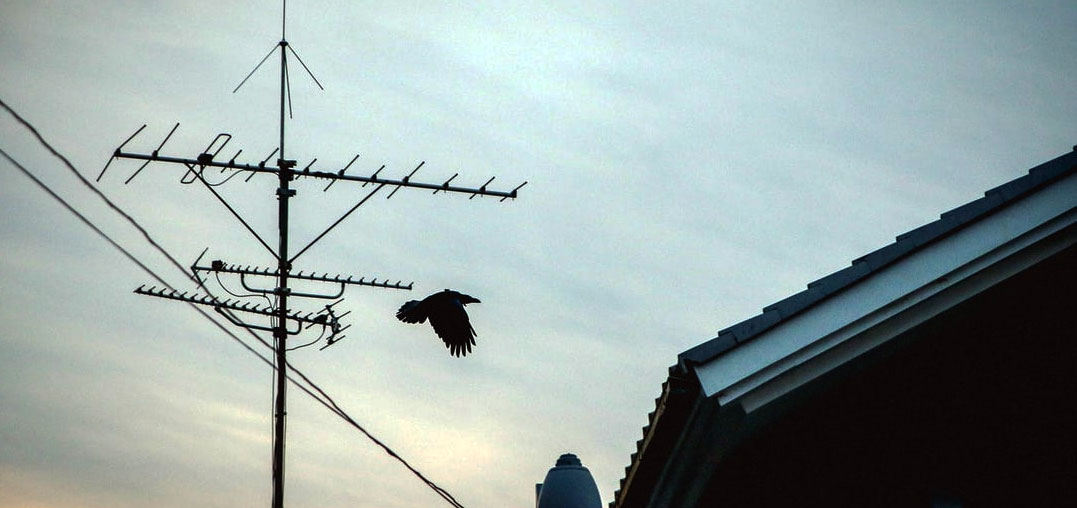
A TV antenna for rural areas is a must-have if you want to get the most out of your television viewing experience. Unlike urban and suburban residents, those living in rural areas often have to contend with weaker signals and poorer reception. By using a high-quality TV antenna, you can maximize your programming options and enjoy watching your favorite shows without interruption.
How to improve TV reception in rural areas
Before buying a new rural TV antenna, it’s important to understand what kind of signal you can expect from broadcast towers in your area. While FM and digital signals are usually readily available, older analog broadcasts may be weaker and more prone to interference. For this reason, it is important to choose an outdoor TV antenna that is powerful enough to pick up these signals.
While TV antennas differ in their range and the number of channels they can receive, most models are designed to help viewers enjoy programming from over-the-air broadcast towers. While picking an outdoor TV antenna may seem like a complicated process, it does not have to be. Follow these seven guidelines and you will be well on your way to getting the best TV reception possible:
Understand how signals work
This is perhaps the most important step in picking a high-quality television antennas for rural areas that works for your specific needs. Each different type of signal requires a different kind of antenna, so do thorough research to find out which one is right for you.
Choose the right type of signal
There are three different types of signals that can be received by rural TV antennas, including high-frequency long waves (such as VHF channels 2 through 13), mid-frequency long waves (such as VHF channels 14 through 69), and low-frequency radio waves (such as FM radio and UHF channels 14 through 51). The type of signal available in your viewing area will determine the best TV antenna for you.
Match the signal’s frequency
Just as each type of signal requires a different kind of antenna, there are several different frequencies that require specific types of rural TV antennas. If you live in an area that receives both high and low-frequency signals, you will need a VHF/UHF antenna. If you live in an FM radio reception area, you will need a special FM antenna.

Choose the best type of signal amplification
In addition to boosting the frequency of your chosen rural TV antenna, it is also important to find one that can amplify the signal itself. Signal amplification is often expressed as a gain, and models with higher gains tend to be more expensive. However, they also offer better reception and less interference.
Available types of rural antennas
TV antennas for rural areas come in three different types: Yagi, loop, or multi-directional. As the name suggests, Yagi antennas are highly directional and can be pointed toward your local broadcast tower to receive HD programs with minimal interference. This type of antenna is best if you live far away from major broadcasting towers.
Loop TV antennas pick up signals in a circular pattern, which means that you do not have to point them directly at the source. However, these antennas are often less powerful than Yagi antennas and may pick up interference from other devices in your home.
Multi-directional TV antennas provide a decent combination of power and directionality and work well for most rural households. These antennas are best for places that are close to broadcast towers, but far enough away to cut down on signal strength.

Combine your TV antenna with other equipment
Before buying a new TV antenna, you should consider adding other devices to boost the quality of your TV signal.
The best way is to go for an antenna amplifier, which will work on the principle of increasing the incoming signal voltage and reducing its noise level. This feature makes the amplified signal more stable and stronger than that of an unamplified TV antenna. So you can install it at home or in your store without any risk of losing the desired signal and get TV reception in a remote area.
There are also other devices available for sale, including filters, splitters, and masts which can further improve your TV antenna’s range.
The best choice is to combine an amplifier with an active filter or a combiner to boost the signal level while blocking out any unwanted noise. This way you will achieve a much more stable reception with negligible losses.
If your TV antenna meets all the requirements for your location you won’t need any additional equipment, but if it doesn’t work as well as you’d like there are ways to improve the quality of your incoming signal.
The best place to install a TV antenna booster is close to a window or wall facing the transmitting tower. In this way, you will minimize any additional losses caused by splitting or combining the signal.
Does air TV work in rural areas?
A lot of people want to know if the Air TV works in rural areas, where they might be subject to slower internet speeds. There is no simple answer for this question because it depends on how fast your internet speed is and what you are trying to do with it. If you only use the device to play shows, then you probably won’t experience any problems. If you are trying to play more than one video at once, then the connection might be problematic (although it works on multiple screens).
